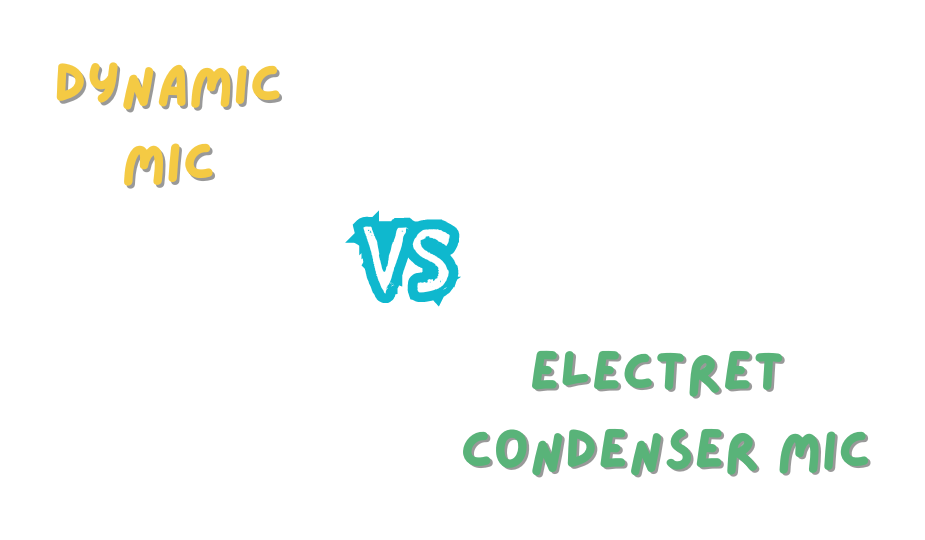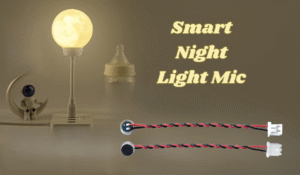
En matière d'enregistrement audio, le choix du microphone est crucial pour obtenir une qualité sonore optimale. Parmi la myriade d'options disponibles, deux types se démarquent : microphones dynamiques et microphones à condensateurIl est essentiel de comprendre les différences entre ces deux types pour sélectionner le microphone adapté à vos besoins.
Table des matières
Microphones dynamiques
Les microphones dynamiques fonctionnent selon un principe simple de conversion des ondes sonores en signaux électriques. Ils utilisent un diaphragme fixé à une bobine, qui vibre dans un champ magnétique, générant ainsi un courant électrique. Cette conception rend les microphones dynamiques robustes et capables de gérer des niveaux de pression acoustique élevés, ce qui les rend idéaux pour les performances en direct, le karaoké et les environnements à fort bruit ambiant.
Microphones à condensateur
En revanche, les microphones à condensateur utilisent des variations de capacité pour convertir les ondes sonores en signaux électriques. Ils sont constitués de deux plaques, l'une fixe et l'autre mobile, qui changent de distance en réponse aux vibrations sonores, modifiant ainsi la capacité et produisant une tension électrique. Les microphones à condensateur offrent une sensibilité plus élevée et des détails audio plus fins, ce qui les rend adaptés à l'enregistrement en studio, aux voix off et à la diffusion en direct où la qualité audio est primordiale.
Choisir le bon microphone
Lorsque vous choisissez entre des microphones dynamiques et à condensateur, tenez compte des exigences spécifiques de votre environnement d'enregistrement et de votre application. Les microphones dynamiques excellent dans les environnements bruyants et sont préférés pour leur durabilité et leur fiabilité. D'autre part, les microphones à condensateur offrent une qualité sonore supérieure et sont préférés pour capturer des nuances et des détails subtils dans des environnements plus calmes.
Progrès dans la technologie des microphones
Les microphones dynamiques et à condensateur ont connu des avancées significatives ces dernières années. La technologie audio numérique a révolutionné la façon dont nous captons et traitons le son, avec des innovations telles que la série de microphones audio numériques dotés d'interfaces révolutionnaires. Ces microphones peuvent transmettre directement des signaux numériques aux caméras, éliminant ainsi le besoin de câbles et de sources d'alimentation supplémentaires, et offrant une meilleure résistance à la poussière et à l'humidité.
Conclusion
En conclusion, le choix entre les microphones dynamiques et à condensateur dépend de vos besoins et préférences d'enregistrement spécifiques. Que vous privilégiiez la durabilité et les performances des microphones dynamiques ou que vous recherchiez une qualité sonore supérieure et une polyvalence dans les microphones à condensateur, les deux types offrent des avantages uniques pour diverses applications d'enregistrement.
N'oubliez pas de tester et de comparer les microphones dans différents scénarios d'enregistrement pour déterminer celui qui correspond le mieux à vos besoins. Avec le bon microphone, vous pouvez améliorer votre expérience d'enregistrement audio et obtenir des résultats de qualité professionnelle.


